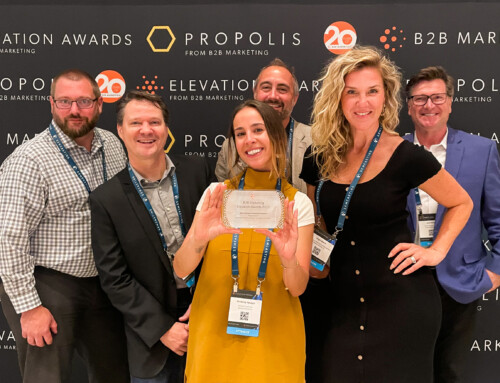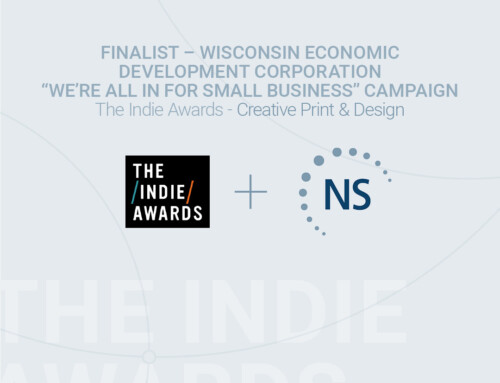In an industry obsessed with who gets the cash and credit fueled by a “bake off” buyer mentality it’s no wonder clients rarely encounter natural collaboration among agencies. Owners have a hard time working with other agencies because it’s hard to agree on how to split the cash and assign the credit where it’s due. Marketers, for their part, too often expect agencies to compete for business by giving away great ideas in the pitch.
It’s these powerful realities that make collaboration a rarity in our industry.
A recent Digiday article looked at the dysfunctional track record of agency collaboration, and shared an against-all-odds success story from JC Penny. It wasn’t the agency collaboration in the example we found to be unique. Rather, it was the vision of JC Penny to install and foster a collaborative environment for its agencies that could be described as a long shot.
Perhaps it’s the competitive, siloed nature of big agency holding companies or the defined need by large clients to split responsibilities among specialized agencies that makes collaboration such a rare event. In any case, we know from experience that there are ways to help foster collaboration and facilitate an open and frequent exchange of ideas among agency partners.
1. Go indie!
Independent agencies inside a global network come from a culture of community and collaboration (Nelson Schmidt is a member of the Marketing & Advertising Global Network, MAGNET). By definition these agencies rely on one another for content and best practice sharing, and commune frequently to problem solve together. Perhaps most significantly for the client, actions are not directly tied to short-term shareholder requirements of the bottom line.

Nelson Schmidt and 34 global MAGNET agencies convene in New York City to share best practices on the application of marketing technology for business and client programs during its June 15 Summer Meeting.
2. Explore performance-based compensation
There’s nothing like skin in the game to bring the best ideas forward, regardless of origin, for mutual client and agency success, which is why a performance-based agency compensation structure can help foster innovation. What’s more, putting agencies in charge of managing ROI ensures a responsible use of marketing resource with an eye on outcomes and an entrepreneurial approach to problem solving.
3. Assign an AOR
In most situations where a client has engaged multiple agencies, one agency typically wears the lead hat on strategy and client outcomes. As stated in his article, 7 Tips to Make Forced Collaboration Work, Rohit Bhargava suggests, “pick a leader first, collaborate second” as the first rule. Having an agency of record in this lead role takes the burden off the client to oversee every-day activity and problem solving around communication and collaboration.
Collaboration can and should be the norm clients expect from their agencies, but it doesn’t come naturally. Factors such as the type of global agency network, compensation structure and lack of a clear lead agency have an impact on the effectiveness of your marketing investment. So make sure you pick the right agency partners, build a healthy environment, foster a collaborative culture and create the best financial and emotional incentives to align hearts, heads and wallets.
Originally Published 2015






